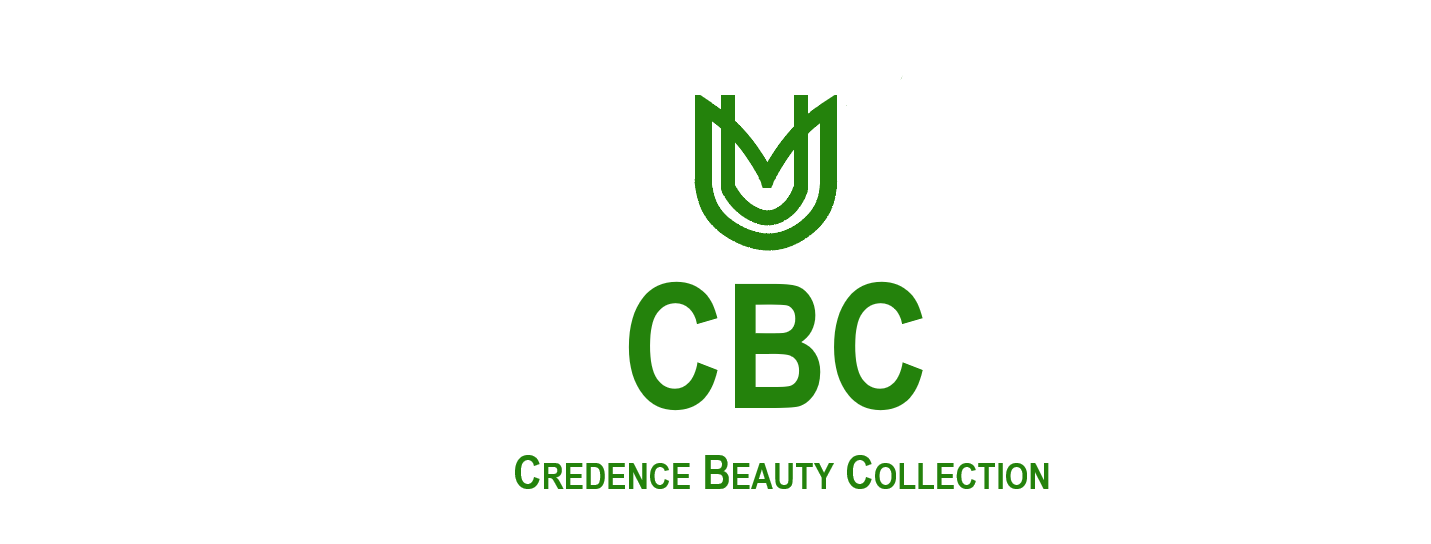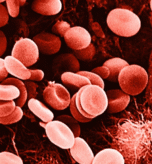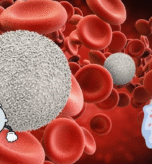Beauty has been a timeless and universal concept, captivating human imagination across cultures and civilizations. From ancient Egypt to modern times, the perception of beauty has evolved, reflecting societal values, cultural norms, and artistic expressions. Let’s embark on a journey through the history of beauty, exploring its fascinating evolution.
Ancient Civilizations (3000 BCE – 500 CE)
- Egyptian Beauty: In ancient Egypt, beauty was closely tied to spirituality and social status. Women adorned themselves with elaborate headdresses, jewelry, and cosmetics like malachite eye shadow and kohl eyeliner. Symmetrical features, almond-shaped eyes, and smooth skin were highly valued.
- Greek and Roman Ideals: In ancient Greece and Rome, beauty was associated with proportion, harmony, and balance. The Greeks prized physical perfection, athleticism, and intellectual pursuits. Roman women used cosmetics like ceruse (white lead) to achieve a pale complexion.
Middle Ages to Renaissance (500 – 1700 CE)
- Medieval Modesty: During the Middle Ages, beauty was often seen as a reflection of inner virtue. Modesty and humility were prized, and excessive adornment was discouraged.
- Renaissance Revival: The Renaissance saw a resurgence of interest in classical beauty ideals. Artists like Leonardo da Vinci and Michelangelo celebrated the human form in their works. Women used cosmetics like vermilion lip color and ceruse.
18th and 19th Centuries (1700 – 1900 CE)
- Enlightenment and Romanticism: The Enlightenment emphasized reason and intellect, while Romanticism celebrated emotion and individuality. Beauty standards varied, with some prizing natural beauty and others embracing elaborate adornment.
- Victorian Era: During the Victorian era, beauty was associated with modesty, pale skin, and delicate features. Women used corsets, hats, and gloves to achieve a refined look.
20th Century (1900 – 2000 CE)
- The Flapper Era: In the 1920s, women’s beauty standards shifted toward a more liberated, modern look. Bobbed hair, bold lip colors, and shorter hemlines defined the era.
- Hollywood Glamour: The Golden Age of Hollywood influenced beauty standards, with stars like Marilyn Monroe and Audrey Hepburn embodying iconic beauty ideals.
- 1960s Counterculture: The counterculture movement rejected mainstream beauty standards, embracing natural, effortless looks and celebrating individuality.
Modern Era (2000 CE – present)
- Diversity and Inclusion: Today, beauty standards are more diverse than ever, embracing different skin tones, hair textures, and body types.
- Social Media Influence: Social media platforms have transformed the beauty landscape, with influencers and celebrities shaping trends and promoting products.
- Sustainability and Wellness: The modern beauty industry prioritizes sustainability, eco-friendliness, and wellness, reflecting growing consumer awareness.
The Evolution of Beauty
Throughout history, beauty standards have reflected societal values, cultural norms, and artistic expressions. Today, beauty encompasses not only physical appearance but also individuality, self-expression, and inner well-being. As we continue to evolve, so too will our understanding and appreciation of beauty.
Would you like me to expand on any specific era or aspect of beauty history?



